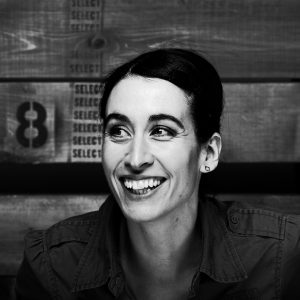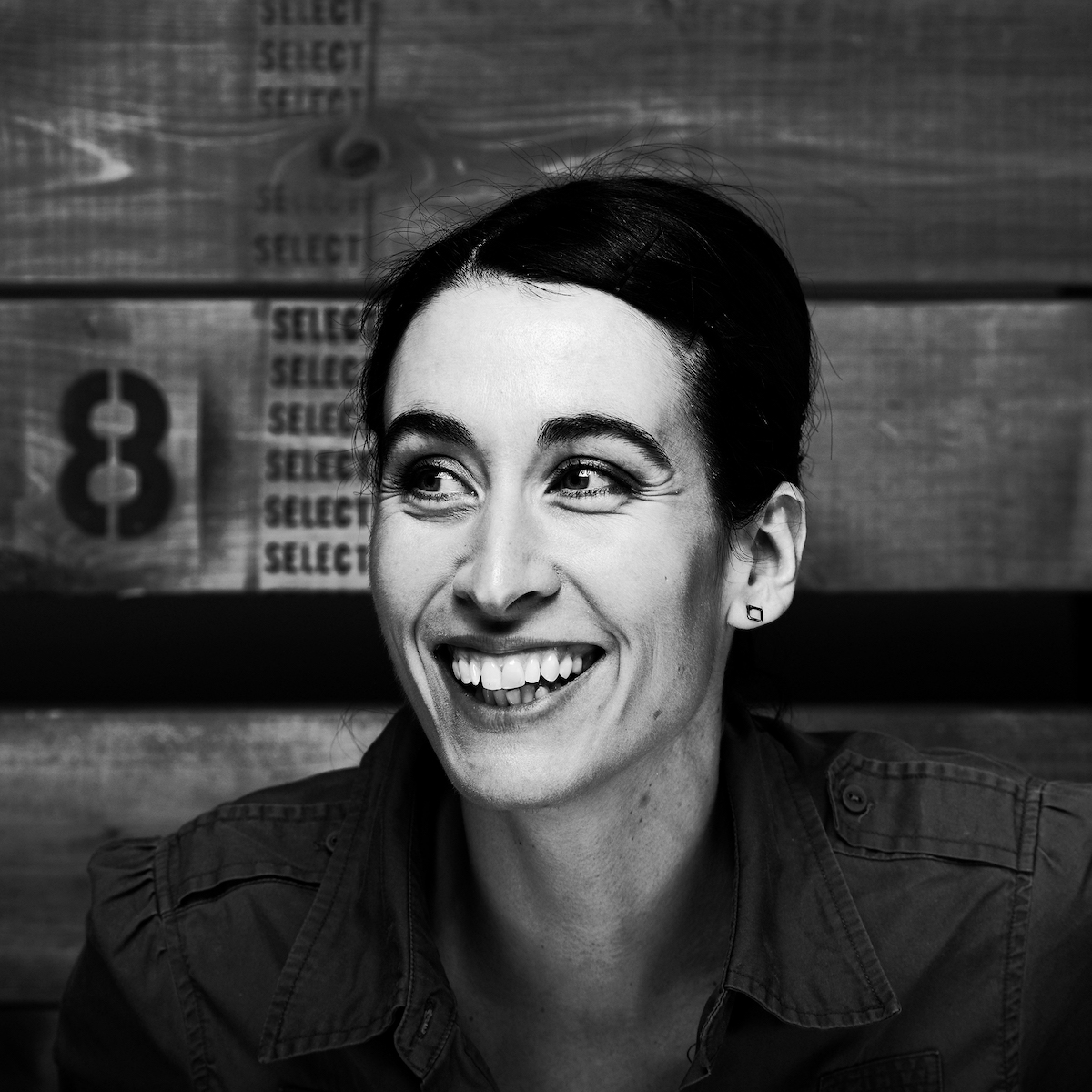Continuing With Flamenco
Last month, I wrote about Bonnie Masina, a woman who took up flamenco dance at age 50. This month, I ask the question: What is flamenco? And Myriam Allard, co-founder of and dancer and choreographer with La Otra Orilla in Montreal, answered.
 Allard didn’t start learning flamenco dance until she was 19, an age by which many professional dancers start their careers. She moved to Spain when she was 21 and studied flamenco intensively for six years.
Allard didn’t start learning flamenco dance until she was 19, an age by which many professional dancers start their careers. She moved to Spain when she was 21 and studied flamenco intensively for six years.
What Is Flamenco?
“First and foremost, flamenco is an expression of a people, the southern Spanish Gypsies,” she explains. “It’s a voice of their struggle.”
If you’ve only seen flamenco, whether on television or on stage, you likely think first of the dramatic form of dance, usually done by women draped in elegant dresses with frills. However, Allard explains that it actually started with song.
“It’s songs of pain, but also of joy. So, it’s really a sub-culture that was really, for a long time, put aside, and they were actually for some time not even allowed to sing,” Allard says. “So, the voice comes first, and then the guitar came, the rhythms, the dance.”
When the Body Doesn’t Fit the Type
As an artistic director and choreographer, though, Allard must add her own voice to this old art form, so she began with her body. As a blue-eyed woman who stands 5’9”, she is not physically what the average viewer likely imagines when they think of a flamenco dancer.
“I’m physically not at all Spanish looking or Gypsy looking,” she says. “So, I have to really somehow adapt from the very start of my studies. I had to adapt the movement to my body, which wasn’t short.”
Adapting an art form, though, doesn’t mean doing whatever you feel works and leaving the rest behind. It’s still important to learn the basics.
Always, Always, Always, Start a A
“I trained in traditional flamenco, because it’s the only thing you can train in, and I believe very strongly in knowing your ABCs before actually doing poetry. You can’t start from poetry, you have to know the words,” Allard says.
I feel very strongly about that in any form of art. It’s not to bore you: after all, who gets a high from practicing straight lines and squares of dots when you first begin to draw? Or from doing more pliés in one month of ballet classes than you eat chocolate in a year?
The point is that those basics strengthen you to carry out your art with fewer errors down the road. In the case of drawing, those errors may mean inaccurate lines. In the case of ballet, those errors can be injuries.
The Basic Structure = Your New Language
There’s another reason, though, for focusing on those basic structures, whatever your form: you learn the form’s language, which is what allows you that new channel of expression. Even if you choose to write, you are still learning a new language, because the forms that typically make for strong writing are different than those that work for a wonderful conversationalist.
It’s the language of flamenco that allowed Allard the freedom to begin experimenting. Her company’s name means “the other shore.” Not only is she located in Montreal, Canada, on the other side of the Atlantic from Spain, but she also experiments with flamenco. When you watch this video, can you see the language of flamenco breaking through the fur cap and exposed pregnant belly?
Flamenco for Today
“I see flamenco as a a very contemporary art,” Allard says, “because I see I’m doing this today in 2018, so I don’t think I have to wear a skirt with frills, I don’t think I have to wear a flower in my hair. If I feel like it, I will, but for me that’s not a code I feel I have to respect, if I can use that word. I’m very free that way. If I want to wear trousers, I will.”
Even just by wearing pants, Allard’s choreography changes.
“As women in flamenco would traditionally wear long skirts, it makes movement rounder, and it also makes for a prop because you’re actually touching the skirt and using it in the movement and it gives volume to a movement. When you have pants on, you don’t have that volume, you don’t have round, it’s all angles. When I work with pants on, I go for angles.”
Flamenco’s Essence
For Allard, flamenco’s core is a raw emotion, one that borders on ugliness. She explains further:
“There’s that very fine line between something that is beautiful and something that is ugly. When you watch a flamenco singer, the expression on the face sometimes is very intense. For somebody it can be very ugly to look at, but I find that very beautiful.”
There is no ideal age to start flamenco. Allard has students well into their senior years who, she feels, have a stronger wisdom about their body than younger students may have. She suggests taking advantage of this wisdom: if you are older, you do what you can, you don’t push.
If starting dance is on your mind, just find an adult class taught by a qualified instructor and sign up. If that’s too much for you, though, maybe get out to see more performances, even ones you’re not sure you’ll like. (Something we discussed in the previous post, with Trevor Copp.)
And if you’re in Toronto from October 2-6, catch Fall for Dance North, where Allard’s company will be performing, be sure to get tickets (only $15 each) and enjoy the rawness and intensity that is traditional flamenco dance.

We manage all data submitted as outlined in our privacy policy.